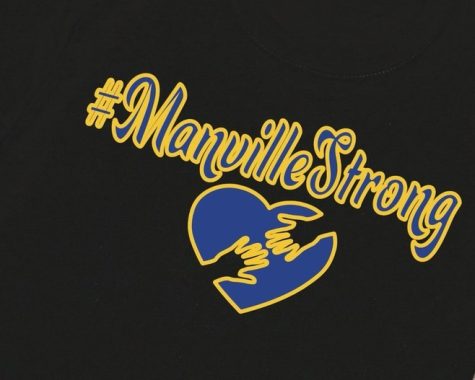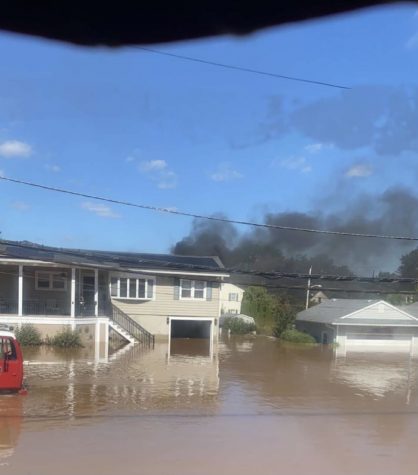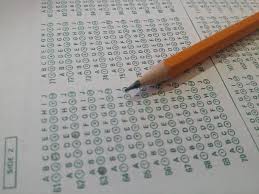COVID-19 Affecting Sports in the Future

As we close out the year 2020, the most challenging year in recent memory, there is much uncertainty. When our society returns to “normal” — whatever that shall mean — there will be profound changes to how we live. Sports are not immune to this. It’s almost incalculable how much the pandemic will change things.
First of all, the risk posed by large crowds at international gatherings will downsize if not kill the Olympics as a mass spectator event and building project, which the public will agree is sad, but will eliminate the possibility of this virus spreading any further. In terms of the general impact, many overlook the question of how the coronavirus will affect the fan “experience.” At what point, if ever, will it be safe or allowed to pack 20,000-seat arenas with screaming fans for college basketball or NBA games? What about football stadiums? These questions will not be answered for however long is known.
To safeguard the health of athletes and others involved, most major sporting events at international, regional, and national levels have been cancelled or postponed – from marathons to football tournaments, athletics championships to basketball games, handball to ice hockey, rugby, cricket, sailing, skiing, weightlifting to wrestling and more.
The global value of the sports industry is estimated at $756 billion annually. In the face of COVID-19, many millions of jobs are therefore at risk globally, not only for sports professionals but also for those in sporting service industries connected with leagues and events, which include travel, tourism, transportation, and media broadcasting. And as the world begins to recover from COVID-19, there will be significant issues to be addressed to ensure the safety of sporting events at all levels and the well-being of sporting organizations. In the short term, these will include the adaptation of events to ensure the safety of athletes, fans and vendors, among others.
Hello, I’m Alexis. In my spare time, you could catch me doing many things. Playing my record player with some of my favorite artists, watching movies,...










